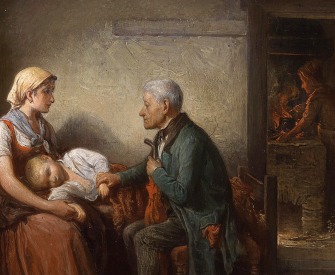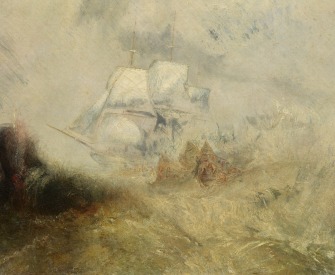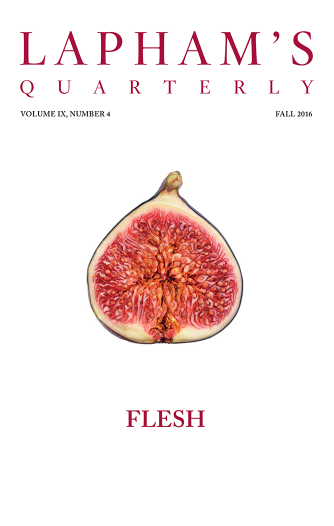Her Majesty had some conferences with the Galenic physicians about several diseases, and among the rest, desired to know the cause and nature of apoplexy and the spotted plague.
They answered that a deadly apoplexy was a dead palsy of the brain, and the spotted plague was a gangrene of the vital parts, and as the gangrene of outward parts did strike inwardly, so the gangrene of inward parts did break forth outwardly, which is the cause, said they, that as soon as the spots appear, death follows; for then it is an infallible sign that the body is throughout infected with a gangrene, which is a spreading evil; but some gangrenes do spread more suddenly than others, and of all sorts of gangrenes, the plaguey gangrene is the most infectious; for other gangrenes infect but the next adjoining parts of one particular body, and having killed that same creature, go no further but cease; when as the gangrene of the plague infects not only the adjoining parts of one particular creature but also those that are distant, that is, one particular body infects another, and so breeds a universal contagion. But the empress being very desirous to know in what manner the plague was propagated and became so contagious, asked whether it went actually out of one body into another? To which they answered that it was a great dispute among the learned of the profession whether it came by a division and composition of parts, that is, by expiration and inspiration, or whether it was caused by imitation. Some experimental philosophers, said they, will make us believe that by the help of their microscopes, they have observed the plague to be a body of little flies like atoms, which go out of one body into another, through the sensitive passages; but the most experienced and wisest of our society have rejected this opinion as a ridiculous fancy and do for the most part believe that it is caused by an imitation of parts, so that the motions of some parts which are sound do imitate the motions of those that are infected, and that by this means the plague becomes contagious and spreading.
From The Blazing World. The duchess of Newcastle, Cavendish explained that her 1666 work was “a description of a new world, not such as Lucian’s, or the Frenchman’s world in the moon, but a world of my own creating.” The empress, a onetime resident of England, is abducted by a merchant and becomes absolute (and scientific) ruler of a utopian domain accessible via the North Pole. “That whatever is new is my own which I hope all is,” Cavendish wrote, “for I never had any guide to direct me, not intelligence from any authors to advise me, but writ according to my own natural cogitations.”
Back to Issue





